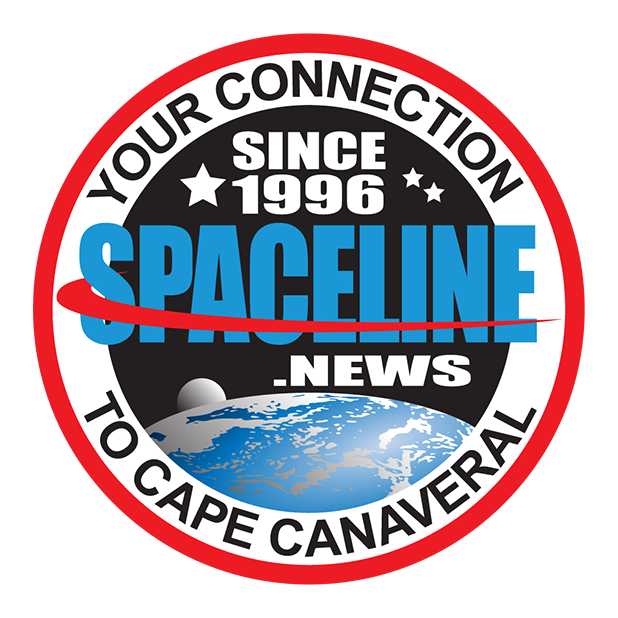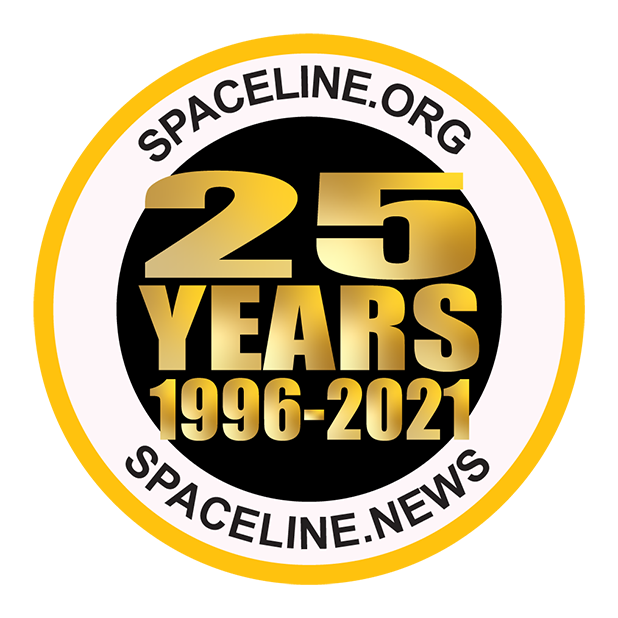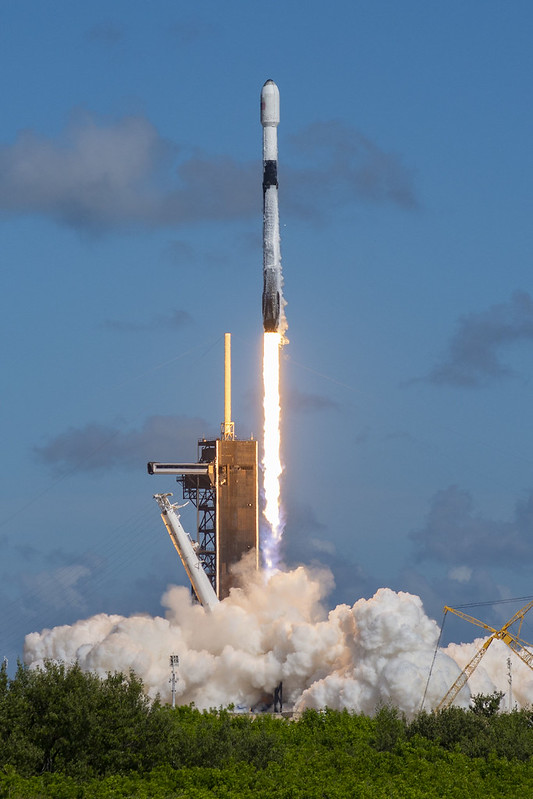
Falcon 9 Starlink 4-25 Launch, Photo Courtesy SpaceX
Falcon 9 Launches 53 Starlink Satellites
July 24, 2022 | Reported by Cliff Lethbridge
A SpaceX Falcon 9 rocket successfully launched 53 Starlink satellites at 9:38 a.m. EDT today from Launch Pad 39A at the Kennedy Space Center. The first stage booster employed today was being flown for the eighth time, having previously supported the GPS III-SV04, GPS III-SV05, Inspration4, Axiom-1, Nilesat-301 and two Starlink missions. The booster was successfully recovered today with a landing on the "A Shortfall of Gravitas" drone ship, positioned on the Atlantic Ocean about 400 miles northeast of Cape Canaveral. The mission, designated Starlink 4-25, brings to a total of 2,957 Starlink satellites launched to date, although not all of these are operational or still in orbit. Starlink is a SpaceX-owned and operated constellation of broadband Internet satellites intended to provide space-based Internet service to unserved or underserved areas throughout the world. The service is currently available in 32 countries worldwide.
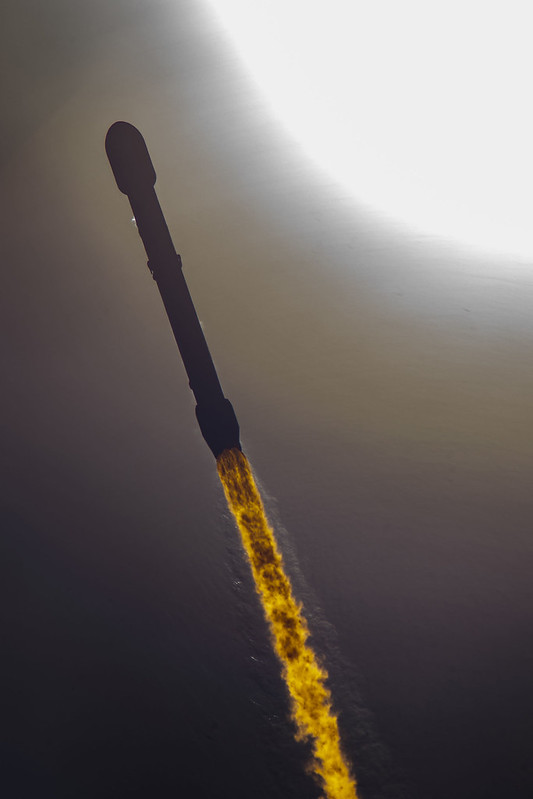
Falcon 9 Starlink 4-25 Downrange, Photo Courtesy SpaceX
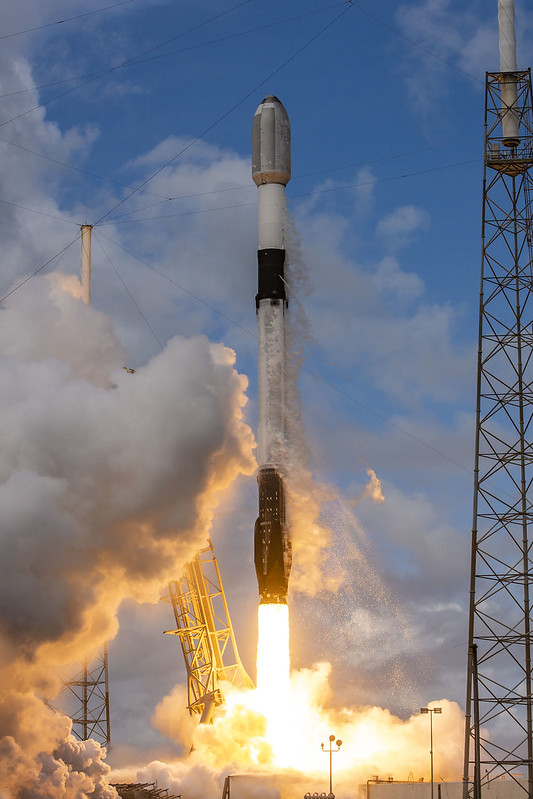
Falcon 9 Starlink 4-22 Launch, Photo Courtesy SpaceX
Falcon 9 Launches 53 Starlink Satellites
July 17, 2022 | Reported by Cliff Lethbridge
A SpaceX Falcon 9 rocket successfully launched 53 Starlink satellites at 10:20 a.m. EDT today from Launch Pad 40 on Cape Canaveral Space Force Station. The first stage booster employed today was being flown for the 13th time, having previously supported the DM-1, RADARSAT, SXM-7 and nine Starlink missions. The booster was successfully recovered today with a landing on the "Just Read the Instructions" drone ship positioned on the Atlantic Ocean about 400 miles northeast of Cape Canaveral. The mission, designated Starlink 4-22, brings to a total of 2,858 Starlink satellites launched to date, although not all of these are operational or still in orbit. Starlink is a SpaceX-owned and operated constellation of broadband Internet satellites intended to provide space-based Internet service to unserved or underserved areas throughout the world. The service is currently available in 32 nations worldwide.
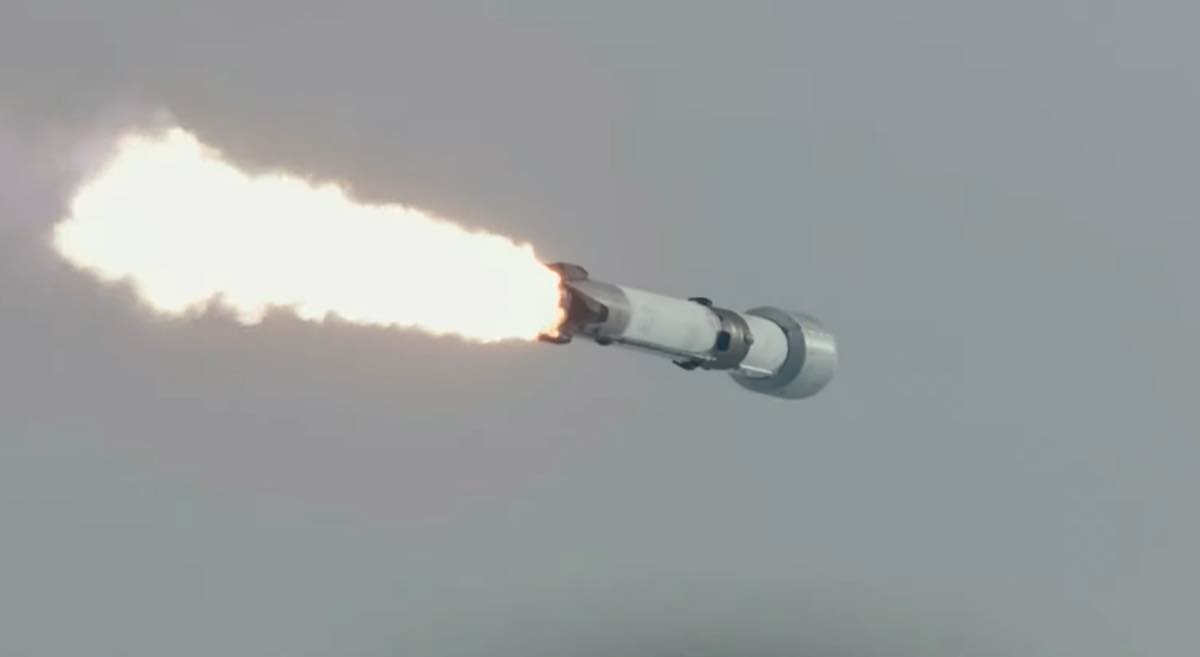
Falcon 9 Starlink 4-22 Downrange, Photo Courtesy SpaceX
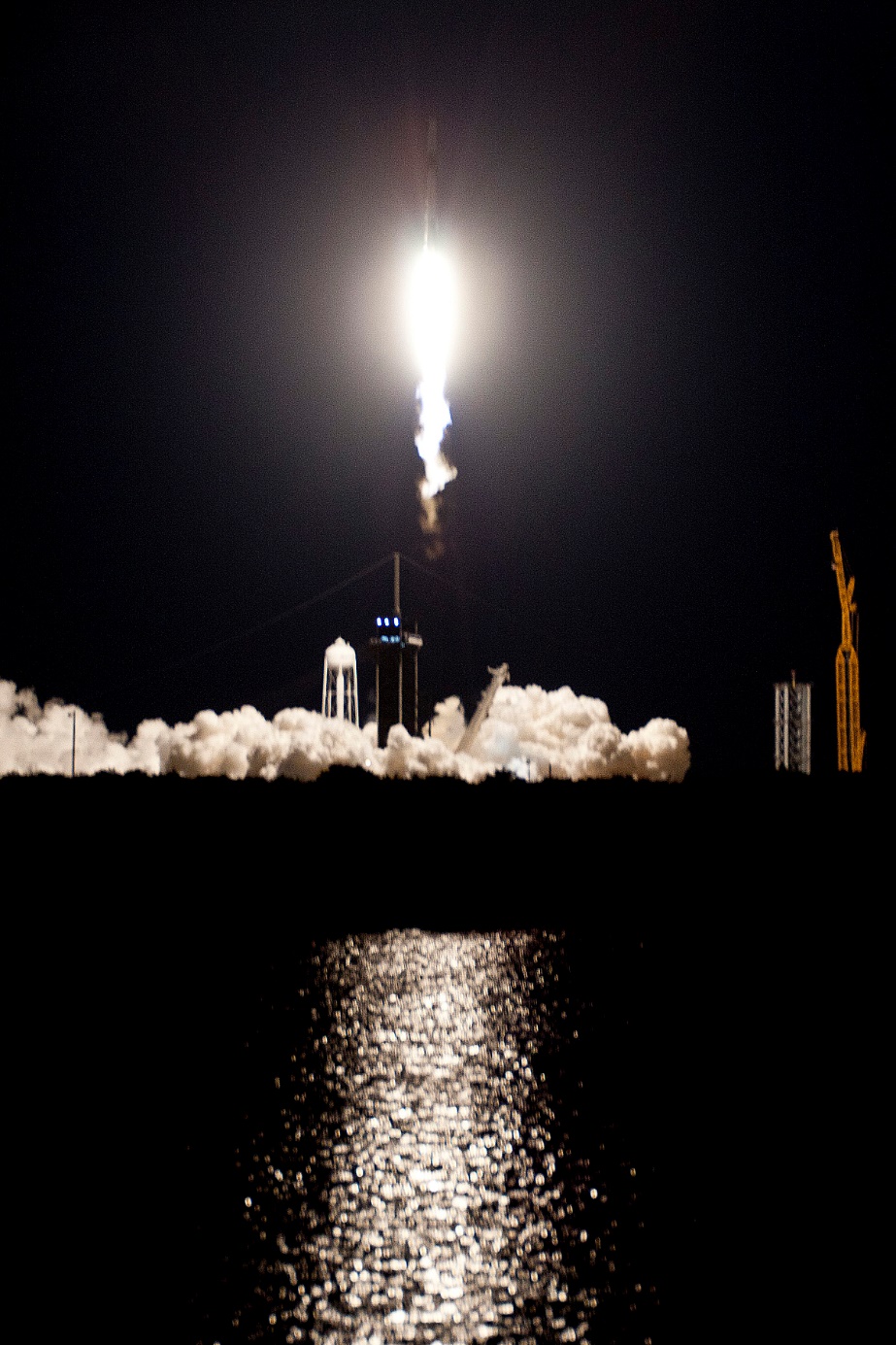
Falcon 9 CRS-25 Launch, Photo Courtesy Carleton Bailie/Spaceline
Falcon 9 Launches CRS-25 Payload
July 14, 2022 | Reported by Cliff Lethbridge
A SpaceX Falcon 9 rocket successfully launched the CRS-25 payload at 8:44 p.m. EDT today from Launch Pad 39A at the Kennedy Space Center. The first stage booster employed today was being flown for the fifth time, having previously supported the CRS-22, Crew-3, Turksat-5B and Crew-4 missions. The booster was successfully recovered today with a landing on the "A Shortfall of Gravitas" drone ship positioned on the Atlantic Ocean about 400 miles northeast of Cape Canaveral. The Dragon spacecraft supporting the CRS-25 mission was being flown for the third time, having previously supported the CRS-21 and CRS-23 missions. CRS-25 is the 25th SpaceX unmanned flight to the International Space Station (ISS) under the Commercial Resupply Services contract between NASA and SpaceX. CRS-25 carries more than 5,800 pounds of supplies, equipment and experiments to ISS. Docking to ISS is scheduled for 11:20 a.m. EDT on Saturday, July 16.
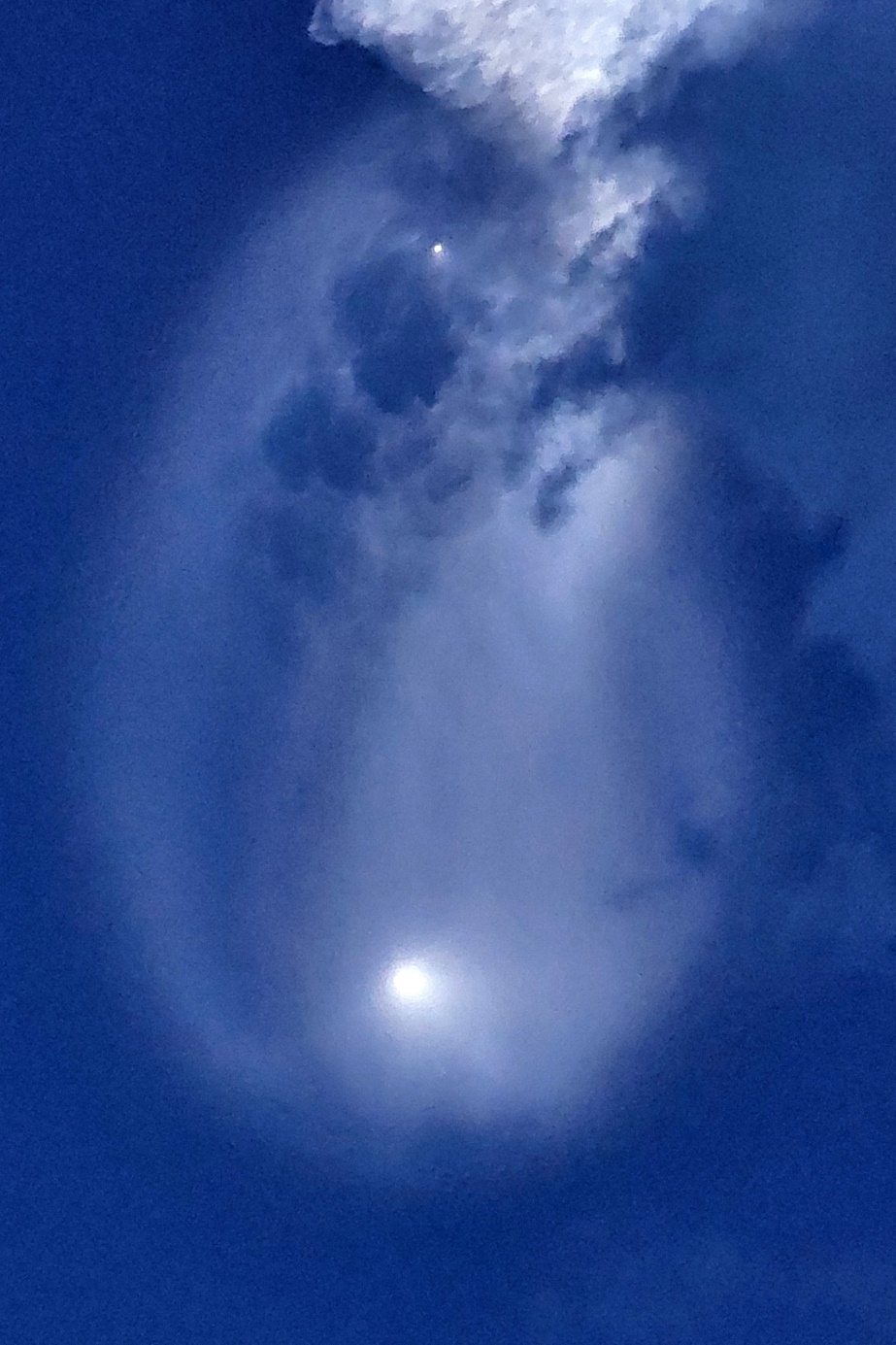
Falcon 9 CRS-25 Downrange, Photo Courtesy Carleton Bailie/Spaceline
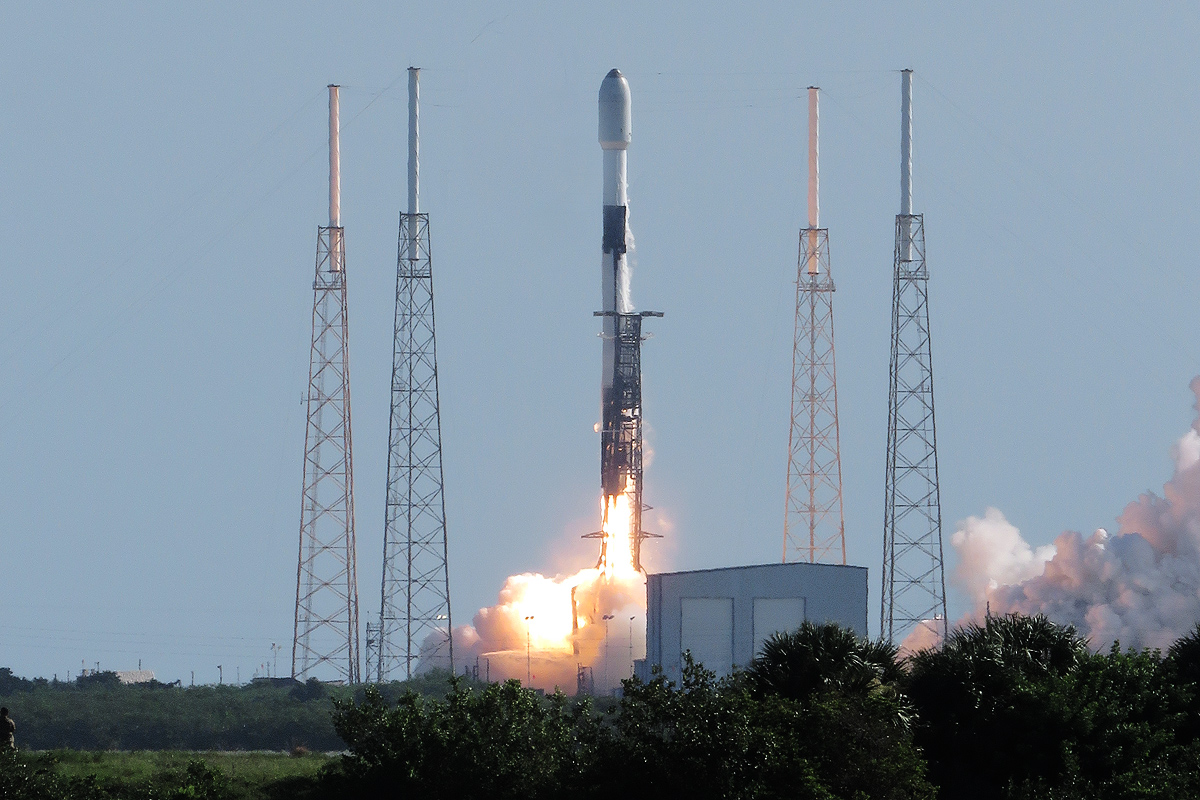
Falcon 9 Starlink 4-21 Launch, Photo Courtesy Carleton Bailie/Spaceline
Falcon 9 Launches 53 Starlink Satellites
July 7, 2022 | Reported by Cliff Lethbridge
A SpaceX Falcon 9 rocket successfully launched 53 Starlink satellites at 9:11 a.m. EDT today from Launch Pad 40 on Cape Canaveral Space Force Station. The first stage booster employed today was being flown for the 13th time, having previously supported the Crew Demo-2, ANASIS-II, CRS-21, Transporter-1, Transporter-3 and seven Starlink missions. The booster was successfully recovered today with a landing on the "Just Read the Instructions" drone ship positioned on the Atlantic Ocean about 400 miles northeast of Cape Canaveral. The mission, designated Starlink 4-21, brings to a total of 2,759 Starlink satellites launched to date, although not all of these are operational or still in orbit. Starlink is a SpaceX-owned and operated constellation of broadband Internet satellites designed to provide space-based Internet service to unserved or underserved areas throughout the world. The service is currently available to 32 nations worldwide.
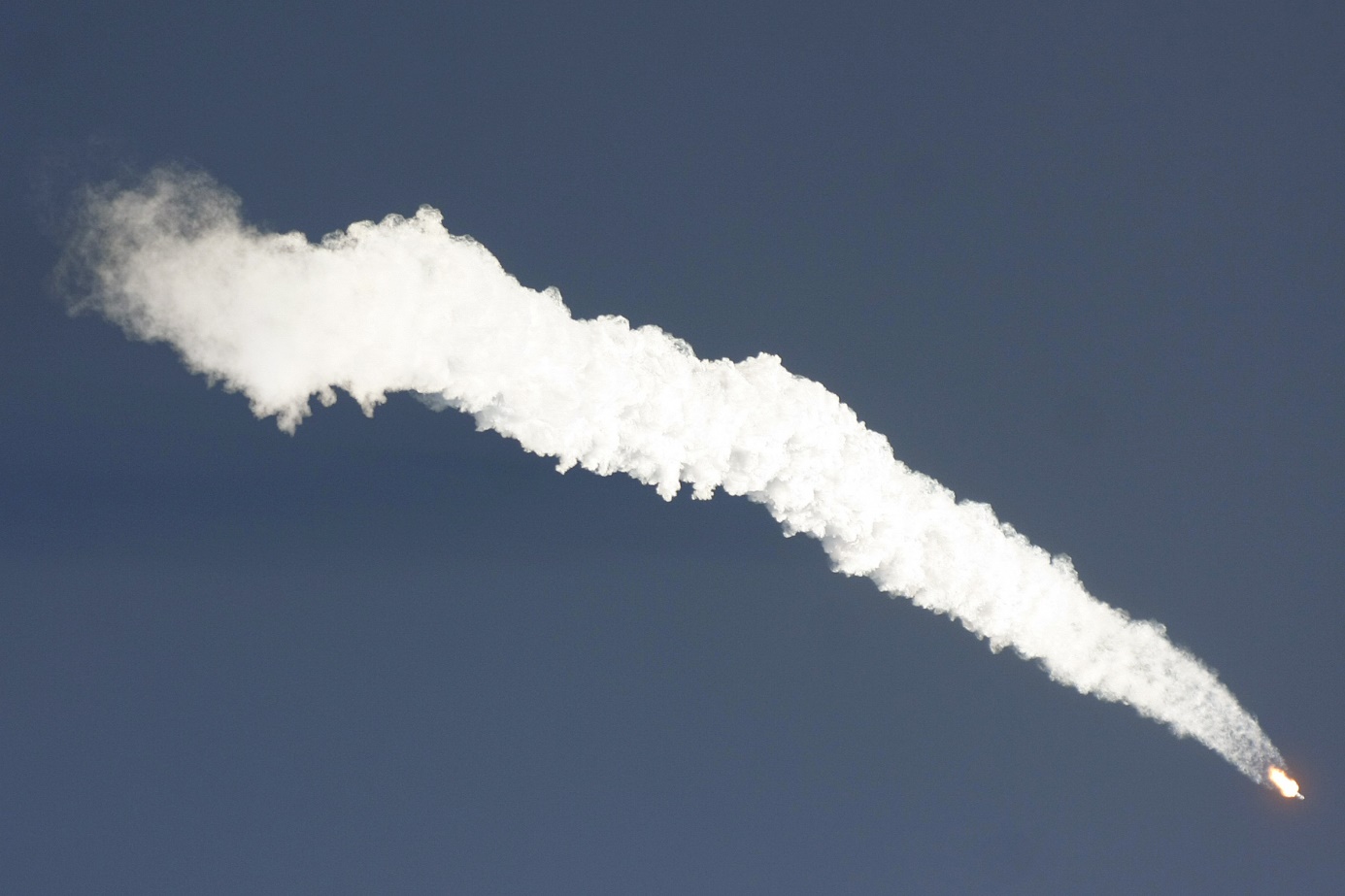
Falcon 9 Starlink 4-21 Downrange, Photo Courtesy Carleton Bailie/Spaceline
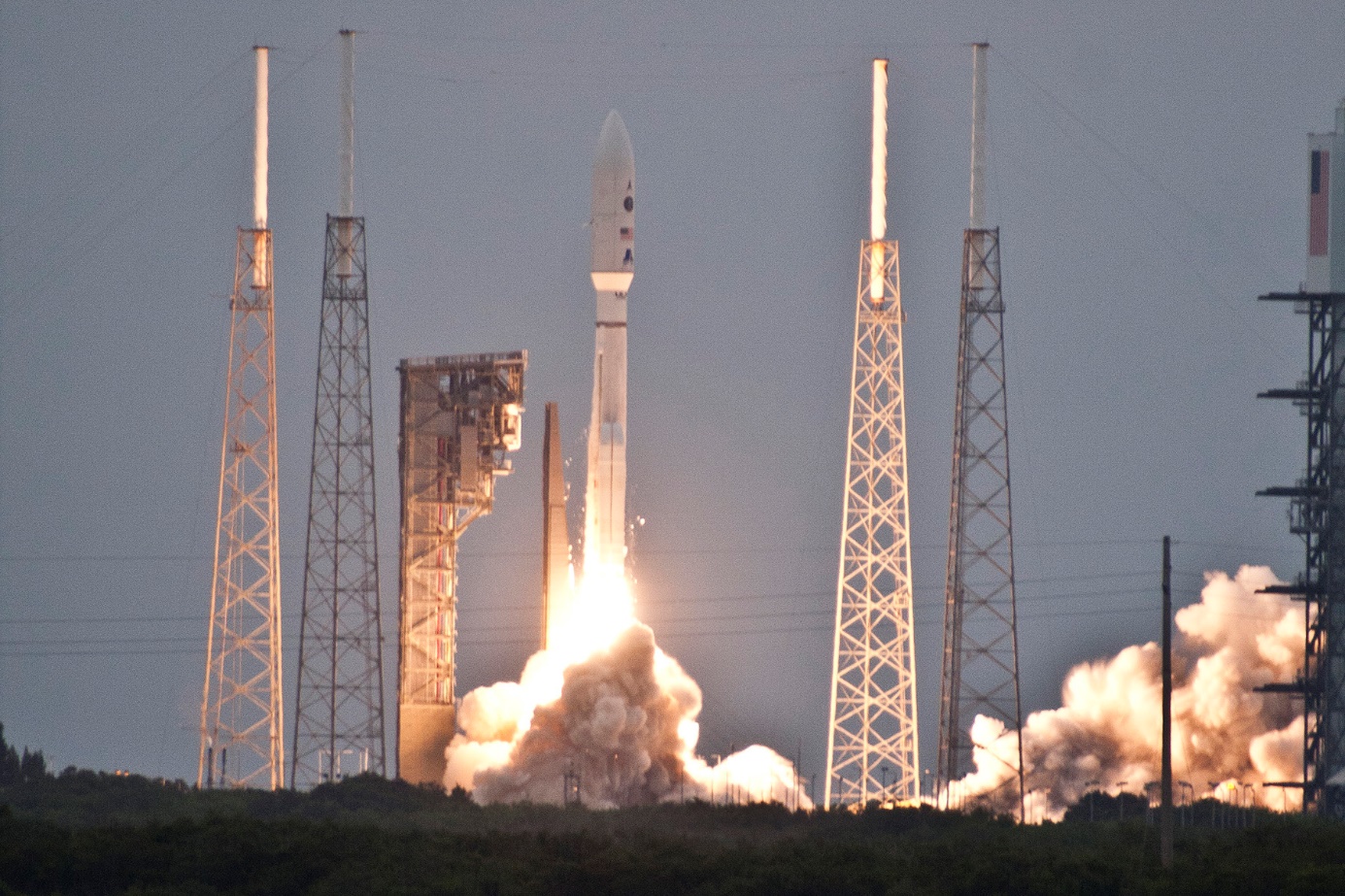
Atlas V USSF-12 Launch, Photo Courtesy Carleton Bailie/Spaceline
Atlas V launches USSF-12 Payload For Space Force
July 1, 2022 | Reported by Cliff Lethbridge
A United Launch Alliance Atlas V rocket successfully launched the USSF-12 (United States Space Force-12) payload at 7:15 p.m. EDT today from Launch Pad 41 on Cape Canaveral Space Force Station. Launch was delayed one day due to bad weather at the launch site, while today's launch was delayed 1 hour, 15 minutes also due to bad weather at the launch site. The rocket launched today was being flown in the 541 configuration, featuring a five-meter payload fairing, four solid rocket boosters and a single-engine Centaur second stage. USSF-12 consists of two separate payloads, Wide Field of View (WFOV) and USSF-12 Ring. WFOV is a testbed designed to demonstrate a new infrared heat sensor used to detect and track missile launches. USSF-12 Ring hosts multiple classified payloads and experiments. Both payloads were deployed on a direct ascent to geosynchronous orbit 22,000 miles above Earth about five hours after launch.
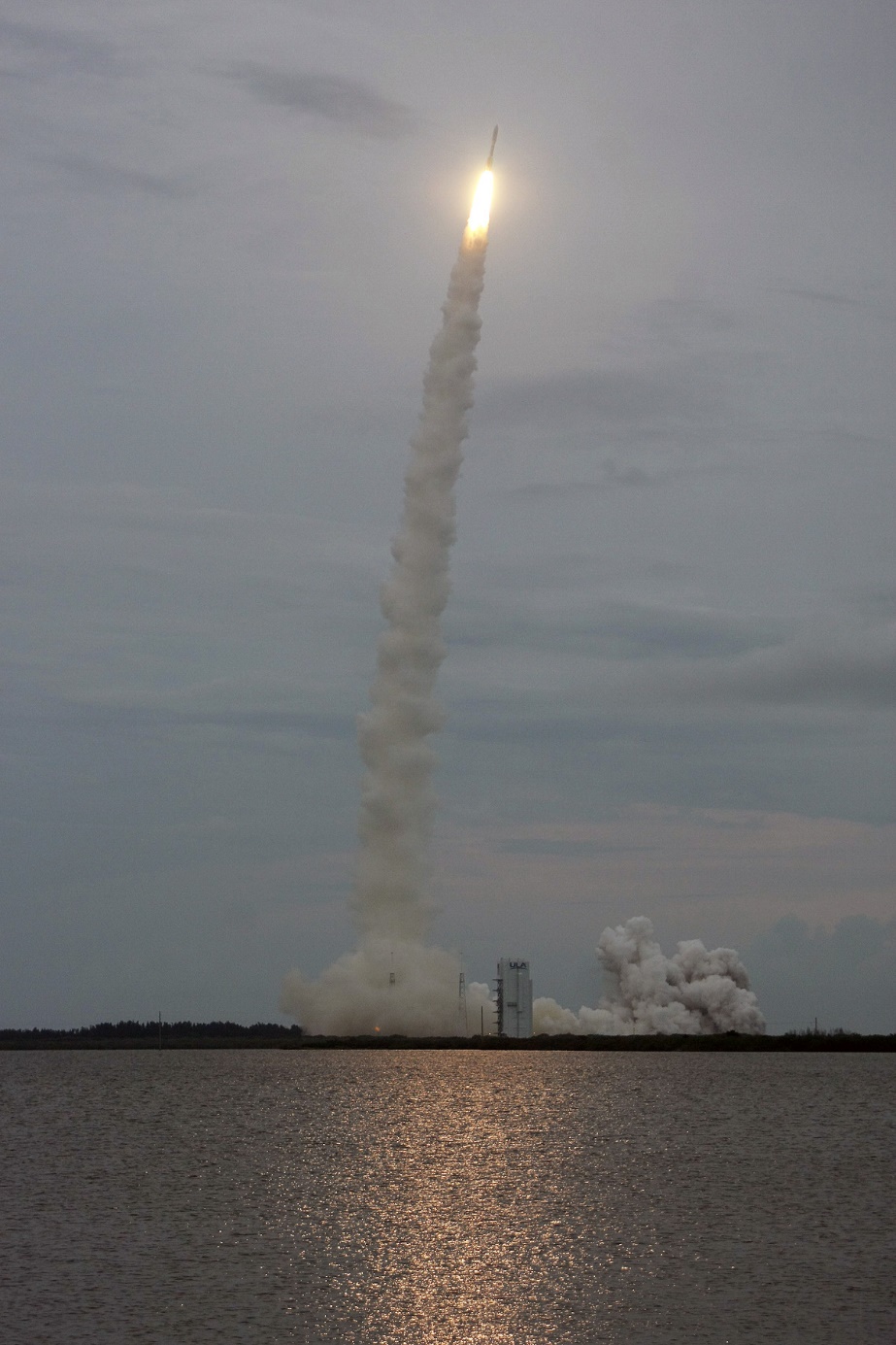
Atlas V USSF-12 Launch, Photo Courtesy Carleton Bailie/Spaceline


